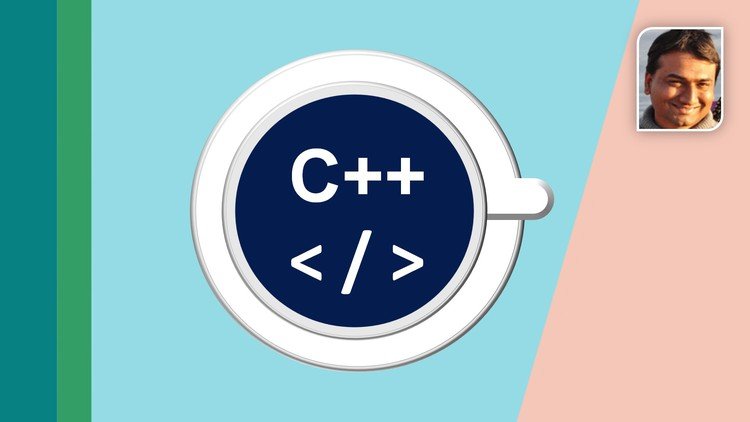Get the coupon in the end of description.
Description
The course is designed for Java beginners keen to learn Spring Boot from Basics.
It is designed and taught in such a way that beginners can easily grasp and code their own Spring Boot applications with minimal effort.
Spring Boot is a powerful framework for building Java-based applications, providing developers with a streamlined and opinionated approach to application development. Combined with Spring’s extensive ecosystem, it offers a comprehensive solution for building a wide range of applications, including RESTful APIs, MVC web applications, and microservices architectures.
REST API Development with Spring Boot: Spring Boot simplifies the creation of RESTful APIs by providing built-in support for various features such as:
Annotation-driven programming model: Developers can use annotations like @RestController, @RequestMapping, and @GetMapping to define REST endpoints and handle HTTP requests.
Automatic JSON serialization/deserialization: Spring Boot automatically converts Java objects to JSON and vice versa using libraries like Jackson.
-
Embedded server: Spring Boot includes an embedded servlet container (e.g., Tomcat, Jetty) so that you can run your REST API as a standalone application.
Actuator endpoints: Spring Boot Actuator provides built-in endpoints for monitoring and managing your application, making it easy to monitor health, metrics, and other runtime information of your REST API.
MVC Web Application Development with Spring Boot: Spring Boot simplifies the development of MVC (Model-View-Controller) web applications by providing features such as:
Spring MVC framework: Spring Boot integrates with Spring MVC to provide a robust web framework for building web applications.
-
Convention over configuration: Spring Boot adopts sensible defaults and auto-configuration, reducing the need for manual configuration.
Thymeleaf, FreeMarker, or other template engines: Spring Boot supports various view technologies for rendering HTML templates in MVC web applications.
Static content handling: Spring Boot can serve static content (e.g., HTML, CSS, JavaScript) from the classpath or external locations.
Embedded web server: Similar to REST API development, Spring Boot includes an embedded servlet container for running MVC web applications as standalone applications.
Microservices Architecture with Spring Boot: Spring Boot is well-suited for building microservices-based architectures due to its lightweight nature and extensive support for distributed systems. Some key features for building microservices with Spring Boot include:
Spring Cloud: Spring Boot integrates with Spring Cloud to provide features like service discovery (e.g., Netflix Eureka), client-side load balancing (e.g., Ribbon), distributed configuration (e.g., Spring Cloud Config), and circuit breakers (e.g., Netflix Hystrix).
Externalized configuration: Spring Boot enables configuration to be externalized, making it easy to configure microservices independently of each other.
Containerization and orchestration: Spring Boot applications can be easily containerized using technologies like Docker and orchestrated with platforms like Kubernetes or Docker Swarm.
-
Resilience and fault tolerance: Spring Boot integrates with libraries like Netflix Hystrix to implement resilient microservices that can handle failures gracefully.
Overall, Spring Boot provides a comprehensive platform for building RESTful APIs, MVC web applications, and microservices architectures, offering developers a productive and efficient way to develop modern Java-based applications.
This course is a one-stop solution for all the Spring Boot technologies.







